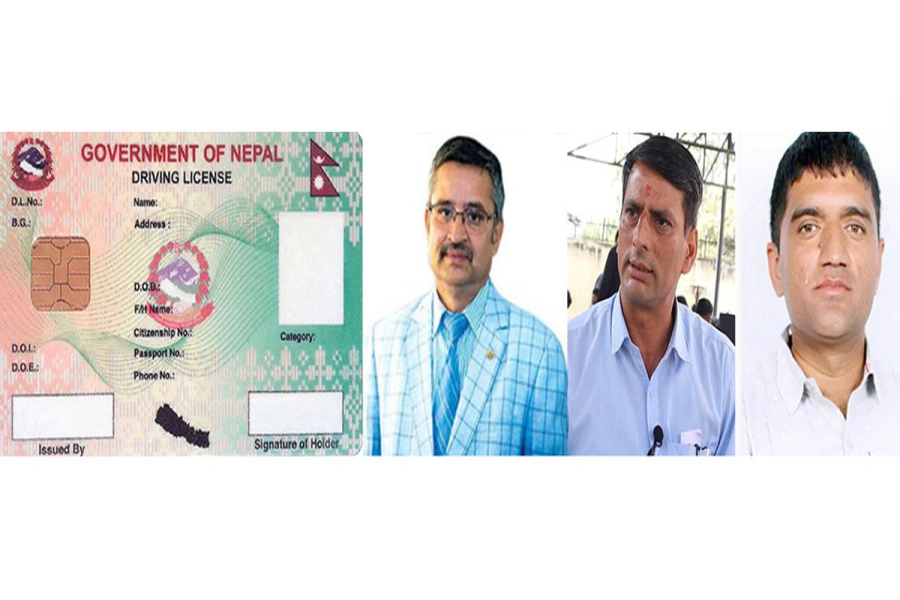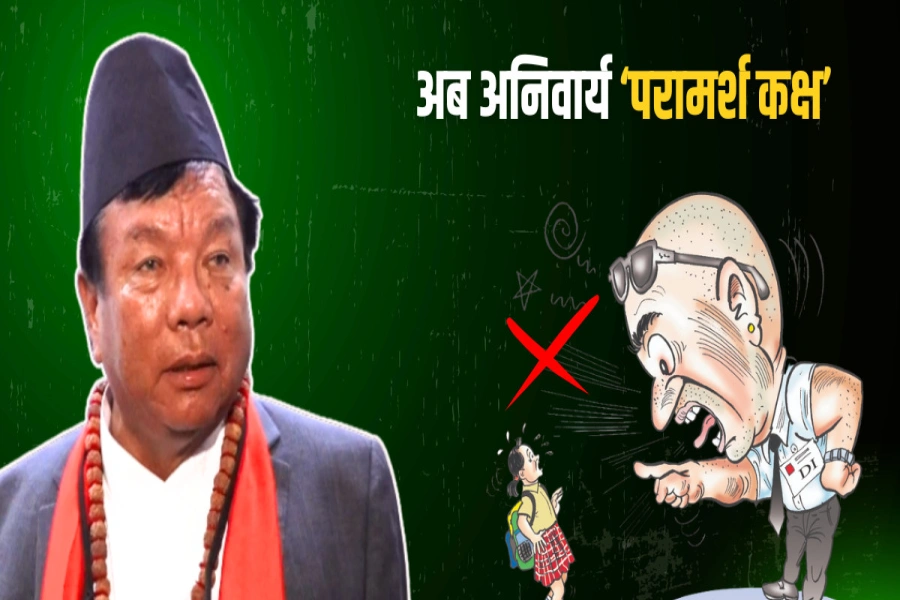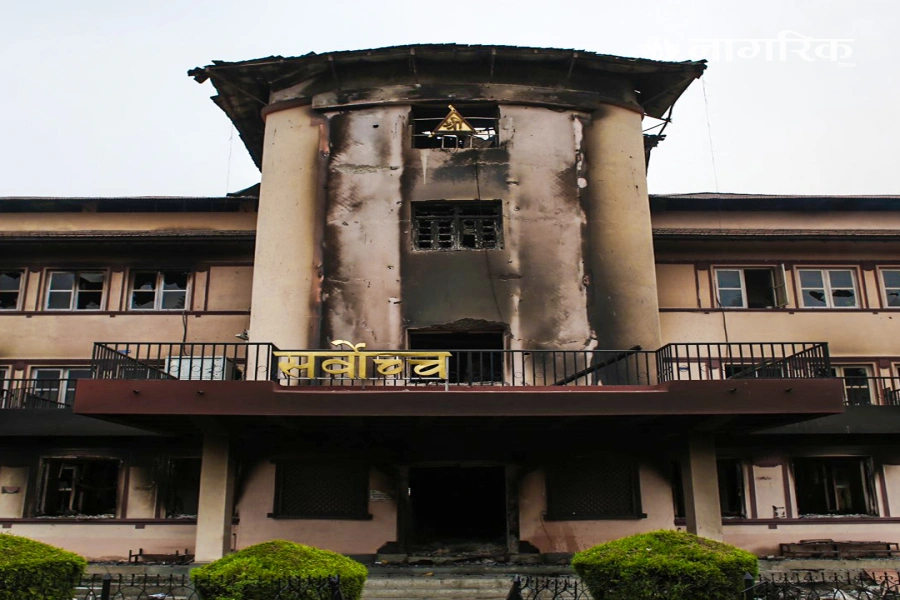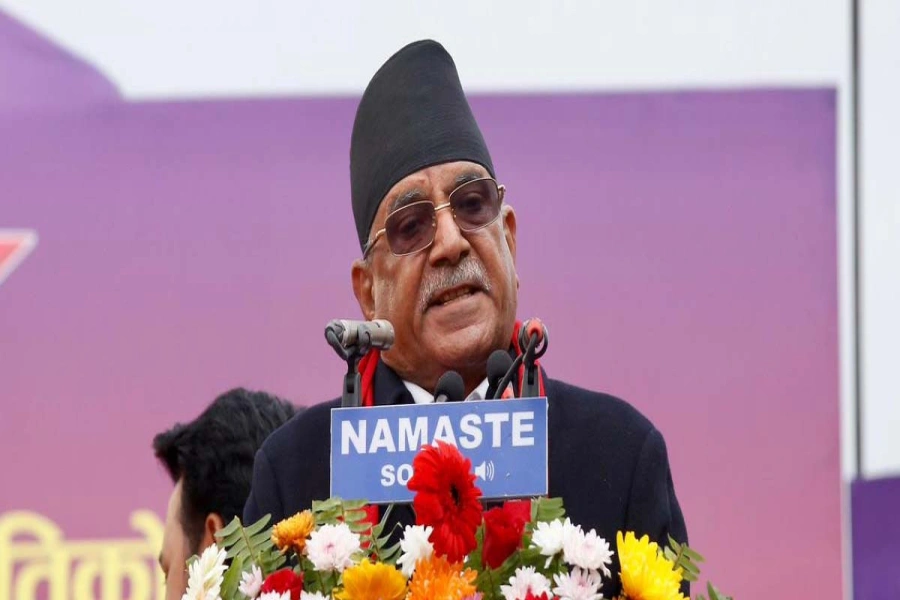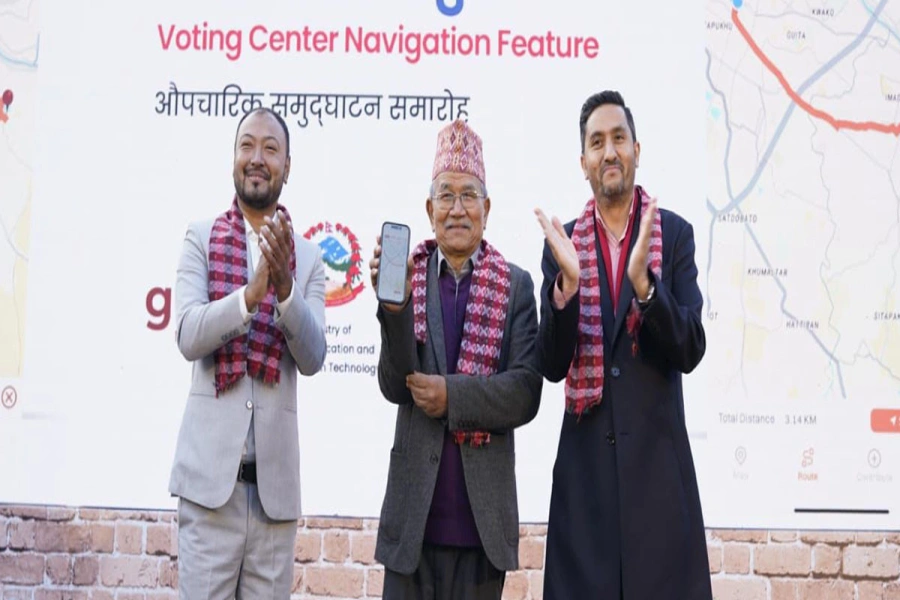KATHMANDU, April 9: Nepal has enjoyed significant fall in the maternal and child mortality rates over the past 30 years. However, the Family Welfare Division warns that new challenges threaten the country’s ability to meet the Sustainable Development Goals (SDGs). The division raised these concerns on Monday, marking World Health Day.
Dr Bibek Kumar Lal, Head of the Division, identified several pressing issues in the maternal and neonatal health program. He pointed to declining budget allocations, a shortage of skilled service providers, a lack of essential medical equipment, and ongoing difficulties in maintaining the quality of services at birthing centers.
He said the program faces challenges because health facilities in remote and hard-to-reach areas often fail to provide continuous cesarean delivery services and neonatal care. Dr Lal also identified postpartum hemorrhage as a major obstacle to reducing maternal mortality.
In addition, the Family Welfare Division identified several contributing factors to maternal and neonatal deaths, including low education levels, socio-cultural barriers, limited access to universal health services, disruptions in the referral system, child marriage, teenage pregnancies, climate change, conflict, and natural disasters.
Maternal mortality rate being studied for the first time in Nep...

Statistics reveal that Nepal plans to reduce the maternal mortality rate to 70 per 100,000 live births and lower the neonatal mortality rate to 12 per 1,000 live births by 2030 to achieve the Sustainable Development Goals (SDGs). This goal demonstrates the global commitment to protect women’s lives and ensure equal access to quality maternal health services for everyone.
Likewise, the Every Newborn Action Plan seeks to ensure that every pregnancy results in a healthy, live birth. To meet this goal, the plan sets a target to reduce stillbirths to 12 or fewer per 1,000 births by 2030. Nepal has already made progress in reducing the maternal mortality rate from 539 in 1996 to 142 in 2023, a 71.5 percent decline. Over the same period, the neonatal mortality rate dropped from 50 to 16.6 per 1,000 live births.
Similarly, the stillbirth rate dropped from 30 per 1,000 births in 2001 to 13.5 per 1,000 births in 2023. According to the Family Welfare Division, if Nepal successfully reduces all these preventable deaths, the country is expected to achieve its targets for maternal mortality, stillbirths, and neonatal mortality by 2030.
The Safe Motherhood and Reproductive Health Rights Act 2018, and the Public Health Act 2018 aim to provide reproductive health, safe motherhood, and neonatal health services free of cost to every citizen through basic health services.
The Family Welfare Division emphasized that the government prioritizes ensuring women’s safety during childbirth, as guaranteed by constitutional and legal rights. Dr. Lal emphasized that reducing risks will be possible only if the necessary budgets and programs are effectively implemented.
To address these challenges, Dr Lal called for collaboration among all stakeholders working in maternal and neonatal health, donor agencies, and the Government of Nepal. He also highlighted the importance of the entire family and society in creating a positive environment, given that pregnancy is a complex condition.
Nepal's constitution mandates the government to implement various programs to ensure maternal security and reproductive rights by identifying risks during pregnancy and preventing pregnancy-related diseases. These programs include health education and promotion, birth and complication preparedness plans, eight antenatal checkups, four postpartum checkups, maternal and neonatal health programs, transportation costs for women giving birth at health institutions, incentives for institutional deliveries after four health checkups, and free neonatal services at government health institutions.
In addition, the government is implementing programs such as rural childbirth ultrasound, postpartum check-up programs, emergency referral funds at hospitals and local levels, health services for disadvantaged groups in mountainous and hilly districts, maternal and perinatal mortality surveillance and response, hemorrhage control programs to prevent postpartum bleeding, safe abortion services, cesarean section, and maternal mental health programs for mothers.














